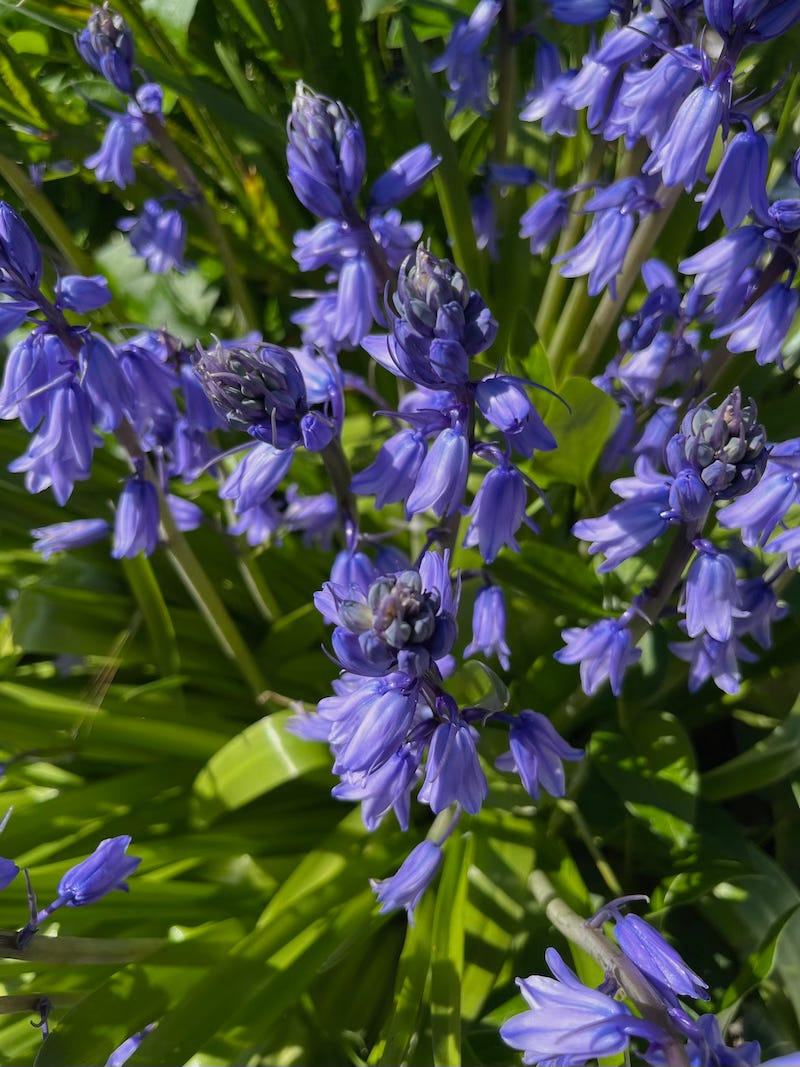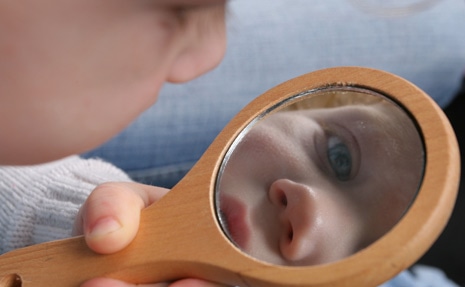
April hath put a spirit of youth in everything.” William Shakespeare
StarStyle® Empowerment is a reader-supported publication. To receive new posts and support my work, consider becoming a free or paid subscriber.
Gardeners refer to April showers bringing May flowers, and that is a truism. As an avid gardener, I believe in April powers as gardens burst into life with abundant floral reveals marking the beginning of a vibrant growing season.
In late 2023, the United States Department of Agriculture updated hardiness zones based on weather conditions between 1991-2020. The upward trend in warming temperatures is no surprise, yet our area has remained at zone 9b. The zones are a recommendation for hardiness when planning your planting. To find specimens that will thrive in our gardens, I advise buying local at your preferred nursery as you’ll find natives and plants that are acclimated to our climate. Also, local nurseries employ knowledgeable garden gurus who can answer your questions to help you be more successful. Wherever you are making your purchase, keep in mind that our 9b hardiness zone is only one factor when you are searching for the best plants for your yard. Your garden may experience a micro-climate different from your neighbors. Always familiarize yourself with the light, soil, and water requirements of your garden.

Intentional use of native plants that have formed symbiotic relationships with native wildlife over millions of years creates the most productive and sustainable wildlife habitat according to the National Wildlife Federation. Entomologist, Dr. Douglas Tallamy, and his team have identified what we call keystone plants, the 14% of native plants that support 90% of butterfly and moth species. Our ecosystems suffer without these keystones. You can search by zip code for necessary natives at www.NWF.org. Our live oak trees alone can host 275 species of caterpillars! Consider scattering seeds of sunflower, aster, fleabane, and lupin. Plant strawberries, trillium, goldenrod, dogwood, roses, and berries as well as fruit trees including apricot, cherry, peach, and plum as hosts to moth and butterfly caterpillars and pollen for bees. When broadcasting seeds either by hand or hydroseeding, don’t cover the seeds or rake them. Do a light compression either with pieces of cardboard, a lawn roller, or even your feet. Yes, the birds and squirrels will consume some of your seeds. Sharing is caring. These seeds require light and air to germinate properly. Seeds that are buried too deeply struggle to access necessary nutrients and may die.

Nature awes me as I walk around my garden. Wildflowers are in glorious abundance. So much is in flower that I don’t know where to point the camera. Western redbud, sour, choke, and sweet cherries, prune, horse chestnut, tulip magnolia, mock orange, and crabapple are just a few of my trees that showcase stand-out blossoms, many intoxicatingly fragrant, and all of them populated with pollinators. My camellia has been repeatedly blooming since December. It was planted as a one-gallon plant several years ago and is now seventeen feet tall and twelve feet wide. When planting anything, make sure you understand how large the plant will be at maturity so that you dig the hole in an area where it will grow and thrive.

My roses, which I heavily pruned in February, are also blooming. Not to be overlooked, forget-me-nots blanket shaded areas while woodland hyacinths, also known as English bluebells and sea foam statice have naturalized in sunny locations dressed to impress the garden in shades of blue and purple. Supporting the butterfly and bird population, the white clusters of viburnum flowers provide nectar for the flitting butterflies while the forming black berries feed the birds. California poppies, calendula, tulips, daffodils, potato vine, anemones, Dutch iris, bearded iris, Calla lilies, periwinkle, a variety of succulents, and masses of weeds carpet my meadow hillside and orchard. I’ll be busy for months to come!

The wisteria is budding and by the time I write my next article, I imagine a glorious gauze of lavender pea flowers cascading over the pergola. When growing wisteria, it is essential to consider the sturdiness of the structure where your vine will twine. Wisteria forms a thick trunk with stems that become woody as they seek climbing support. Arbors, fences, trellises, and even trees become their ladder. To maintain its shape and size, as well as to encourage flowering, wisteria needs regular pruning.

One of my favorite edible wild species that powers on in April is allium triquetrum, wild ramps, also known as the three-cornered leek. Foragers are fond of this delicious triangular onion stem, yet it can be invasive. If you cultivate it, make sure it doesn’t escape. These wild onions closely resemble the lance-shaped leaves of Lily of the Valley which is not an allium and non-edible. Lily of the Valley is poisonous with white, bell-shaped flowers, whereas the ramps produce umbels of small white flowers. All alliums have a very distinct onion smell. If you think you are gathering ramps but there is no onion smell, do not taste it. Always be certain of what plant you are eating as there are many plants poisonous and toxic to humans that resemble edible ones.

Although it’s early, I’m experimenting with growing tomato seedlings. I started with a couple of plants in March and will continue adding to my plot through June to determine when the best time is to grow this favorite fruit. As you plant your tomatoes, peas, and beans, support them with strong cages or wire. Tomatoes need six to eight hours of sunlight daily and are best spaced two feet apart. They will do well in large containers or pots of fifteen gallons or more.

Our mild weather, warm sunshine, occasional showers, diverse plant species, wildflower displays, lavish blooms, plus the humming, buzzing, singing, crowing, croaking, cawing, and hooting of wildlife make this gorgeous month a time of vitality, color, and renewal as youthful April powers!
Happy Gardening. Happy Growing.
Happy Earth Day! Celebrate Nature!
Read Lamorinda Weekly: https://www.lamorindaweekly.com/archive/issue1804/Digging-Deep-with-Goddess-Gardener-Cynthia-Brian-April-Powers.html
Nonprofit of the Year: https://www.lamorindaweekly.com/archive/issue1804/Moragas-Business-and-Nonprofit-of-the-Year.html

Cynthia Brian amongst the weeds and the blooms of Earth Day!
For more gardening advice for all seasons, check out Growing with the Goddess Gardenerat https://www.CynthiaBrian.com/books. Raised in the vineyards of Napa County, Cynthia Brian is a New York Times best-selling author, actor, radio personality, speaker, media and writing coach as well as the Founder and Executive Director of Be the Star You Are!® 501 c3 which was just honored as the 2024 Nonprofit of the Year by the Moraga Chamber of Commerce. Tune into Cynthia’s StarStyle® Radio Broadcast at www.StarStyleRadio.com. Her newest children’s picture book, Books in the Barnyard: Oh Deer!, from the series, Stella Bella’s Barnyard Adventures is available AT A DISCOUNT now at https://www.CynthiaBrian.com/online-store.

Hire Cynthia for writing projects, garden consults, and inspirational lectures. Cynthia@GoddessGardener.com
Thank you for reading StarStyle® Empowerment . This post is public so feel free to share it.





